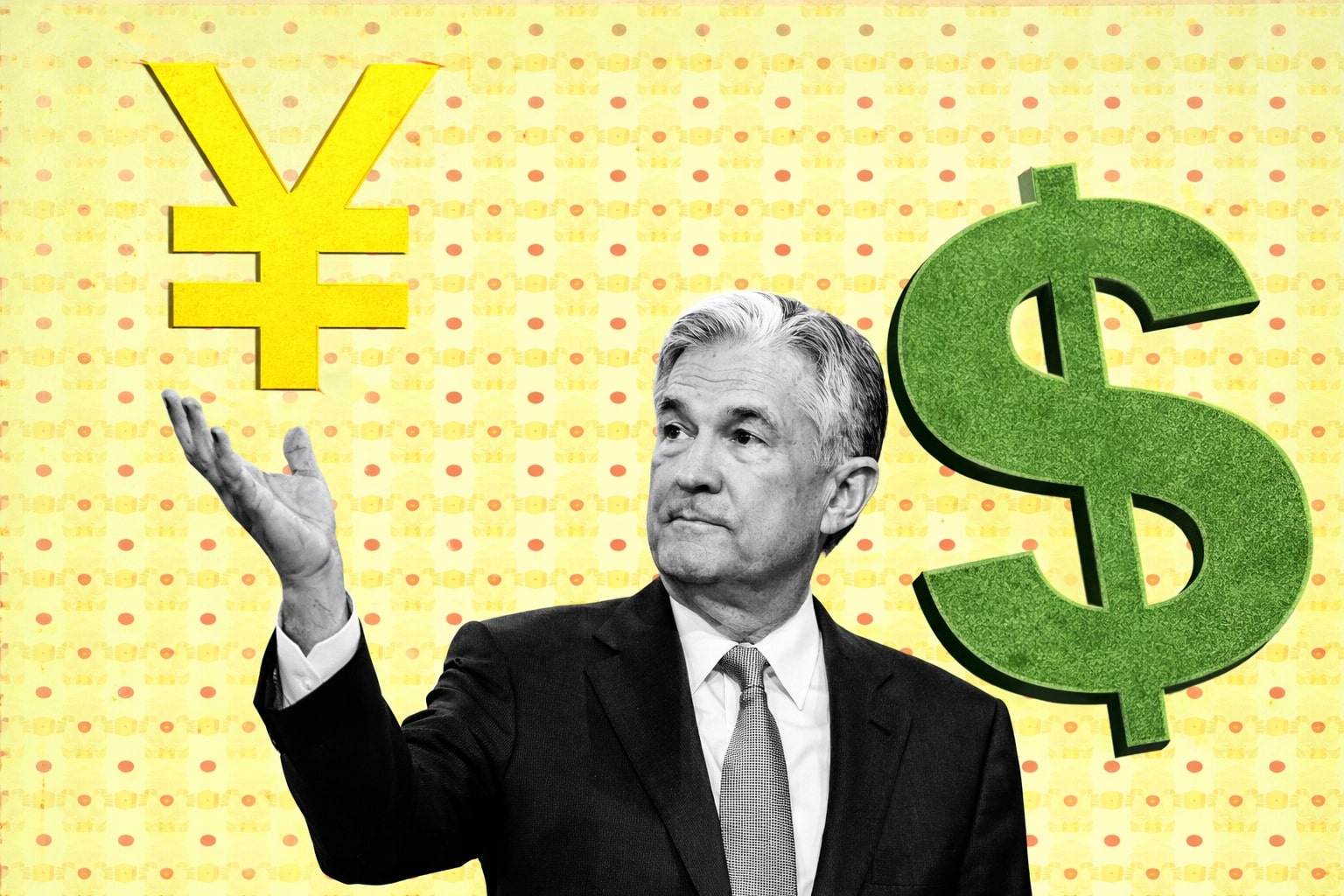
Brent Hits $74 as China Stimulus and Middle East Tensions Shake Oil Markets
WTI Climbs to $70 Amid Surging Oil Demand and Geopolitical Uncertainty in the Middle East | That's TradingNEWS
Oil Prices Show Signs of Recovery as Global Supply Concerns Resurface
Rising Demand vs. Lingering Concerns: Oil’s Volatile Path
After a dramatic 7% drop last week, oil prices are making a comeback, supported by both fundamental and geopolitical factors. Brent Crude (symbol: $BRENT) rose 1.4%, reaching $74.11 per barrel, while U.S. West Texas Intermediate Crude (symbol: $WTI) jumped 1.8% to hit $70.43 per barrel. These gains come after concerns about China’s economic slowdown and easing tensions in the Middle East dragged prices down earlier.
The market is closely watching Saudi Aramco's bullish outlook on China's oil demand, as the world's top oil importer continues to navigate policy support aimed at boosting economic growth. While recent data indicated China’s slowest GDP growth in years, Saudi Aramco remains optimistic about increasing demand, particularly for jet fuel and liquid-to-chemicals, key sectors driving energy consumption.
Oil Demand and Supply Dynamics: A Complex Balancing Act
China’s latest economic data confirmed its economy grew at just 4.6% in the third quarter, down from the previous quarter’s 4.7%, exacerbating concerns about oil demand. In response, the People's Bank of China (PBOC) cut its benchmark lending rates to record lows, providing much-needed stimulus. While the cuts were widely anticipated, the extent of the reduction, from 3.35% to 3.10%, exceeded market expectations, pushing oil prices higher as traders anticipated stronger demand for commodities.
On the supply side, the U.S. Energy Information Administration reported a rise in oilfield production, reaching a record 13.5 million barrels per day (bpd) during the week of October 11. This increase highlights the continued strength of U.S. oil production despite fluctuating global demand.
Geopolitical tensions in the Middle East also remain a wildcard. Israel expanded its air campaign on Hezbollah targets in Lebanon, and U.S. envoy Amos Hochstein is in talks with Lebanese officials to negotiate a potential ceasefire. These developments are keeping traders on edge, with any escalation threatening further disruptions to global oil supplies.
Technical Analysis: WTI and Brent Crude
WTI Crude Oil (symbol: $WTI): The West Texas Intermediate crude market exhibited a potential bottoming pattern after forming three hammer candlesticks, signaling a possible reversal from its recent downturn. Support has emerged around the $67.50 level, a historically strong floor for the market. Should this level hold, we could see a relief rally in the short term, with resistance at $75. However, the overall market sentiment remains cautious due to lingering concerns about demand and global economic growth.
Brent Crude Oil (symbol: $BRENT): Similar to WTI, Brent crude is testing significant resistance at $75 per barrel. Should it break above this level, the market could see a stronger upward move, potentially testing the 50-day EMA around $80. Support remains at $70, providing a solid base for further price action. The bullish momentum is also driven by geopolitical tensions and market speculation regarding future supply disruptions.
The Role of OPEC and Global Oil Players
Saudi Aramco's optimism about China’s oil demand is significant, but other players in the global oil market are also adjusting their strategies. The Organization of the Petroleum Exporting Countries (OPEC) continues to monitor the supply-demand balance, with some members signaling potential production adjustments in response to market conditions.
On the other hand, Qatar is expanding its liquefied natural gas (LNG) capacity, aiming to increase its exports by 85% by 2030. QatarEnergy’s massive North Field expansion project is set to bring significant new LNG supplies to the market, further complicating the oil landscape. Despite Qatar’s ambitions, its long-term contracts—particularly with European and Asian countries—are linked to oil prices, meaning fluctuations in crude prices could directly impact LNG contracts as well.
Energy Market Outlook: Oil's Next Move
The near-term outlook for oil prices remains uncertain. On one hand, geopolitical tensions in the Middle East and optimism around Chinese demand could push prices higher. On the other hand, concerns about slowing global economic growth, particularly in China, could limit any significant price rally.
The Federal Reserve’s easing cycle is also a factor, as lower interest rates could support demand for commodities like oil. Additionally, the U.S. dollar’s recent strength could act as a headwind for crude prices, as oil is priced in dollars, making it more expensive for foreign buyers.
Investment Decision: Buy, Sell, or Hold?
For investors considering oil-related assets, the current environment is complex. Brent and WTI crude have both shown signs of stabilization, but the broader macroeconomic picture remains volatile. Given the support levels around $67.50 for WTI and $70 for Brent, a short-term relief rally seems likely. However, the long-term outlook depends heavily on how geopolitical tensions evolve and whether global demand, particularly from China, rebounds as expected.
In summary, oil prices are in a state of flux, with significant upside potential tempered by ongoing risks. Investors should stay vigilant, watching key levels in both Brent and WTI crude markets, as well as keeping an eye on global geopolitical developments and demand signals from major consumers like China.
That's TradingNEWS
Read More
-
Broadcom Stock Price Forecast - AVGO 13% Post-Earnings Slide vs. $73B AI Backlog at ~$350
13.01.2026 · TradingNEWS ArchiveStocks
-
Solana Price Forecast - SOL-USD Holds Around $143 as $135–$145 Zone Decides the Next Big Move
13.01.2026 · TradingNEWS ArchiveCrypto
-
Natural Gas Price Forecast: NG=F Climbs Off $3.00 Floor as Cold Snap and LNG Flows Lift UNG
13.01.2026 · TradingNEWS ArchiveCommodities
-
Stock Market Today - Dow Jones, S&P 500 and Nasdaq Pull Back as CPI Prints 2.7%; JPM, LHX, INTC in Focus
13.01.2026 · TradingNEWS ArchiveMarkets
-
USD/JPY Price Forecast - USDJPY=X Charges Toward ¥159 as Japan Election Fears Hit the Yen
13.01.2026 · TradingNEWS ArchiveForex



















